- Learning time
- 10 minutes
- First play time
- 30 minutes
Deception: Murder in Hong Kong
Designed by: Tobey Ho
Deception: Murder in Hong Kong is a deduction game where one player has committed a murder and is trying to get away with it. The other players are the investigators, hoping to work out who the murderer is…
A deck of investigator cards are shuffled along with a murderer and forensic scientist card. these are dealt out to the players and the forensic scientist immediately reveals who they are. Then each player is dealt four weapon cards and four clue cards. Everybody closes their eyes and the murderer – as quietly as possible! – reveals who they are to the scientist, pointing at one weapon card and one clue card.
Eyes open! – The scientist now lays out some cards of their own: showing cause of death, location, and a number of other randomly drawn features that describe the victim and murder in a way that, as close as possible, the scientist uses to clue the investigators in to finding the right weapon and clue. Each card has a number of choices on it and the scientist selects one by placing a bullet on it. If the murderer used a noose as the murder weapon, for instance, they might choose forest over anywhere a bit more public.
Having made their choices as best they can, each of the investigators (and the murderer, who is posing as one) get 30 seconds to look around the table and discuss who they think the murderer might be. The scientist then draws a new card, assigns a bullet to it, and the process repeats. After the third round (or indeed at any time during the rounds) any of the invesitagors (and the murderer!) can make exactly one accusation per game. BUT – they have to successfully identify both weapon and clue. Even if they get one element right, all the scientist is allowed to say is “No”.
If the murderer is identified successfully, the investigators win. If they are not – the murderer does!
The guru's verdict
-
Take That!
Take That!
None to speak of. Anybody young enough to get upset about being 'caught' probably won't be playing the game anyway, considering it's rather grisly theme.
-
Fidget Factor!
Fidget Factor!
Everyone's involved at all times.
-
Brain Burn!
Brain Burn!
No burning; just deduction.
-
Again Again!
Again Again!
There are a huge amount of cards, and like other deduction games, the fun is in seeing how people's brains work. There are also two extra roles (accomplice and witness) you can incorporate for larger groups.

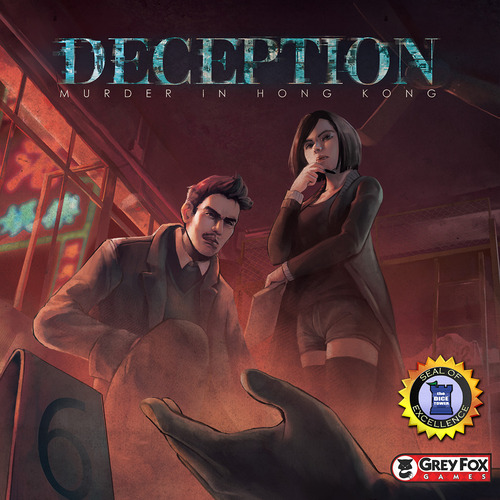
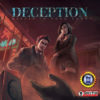
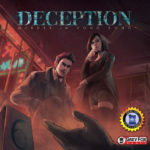
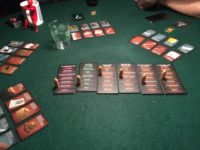
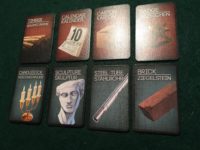


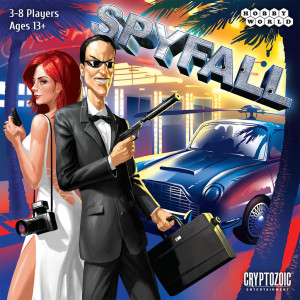
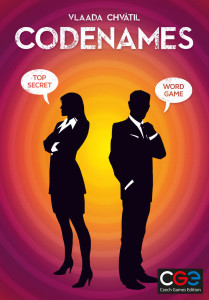

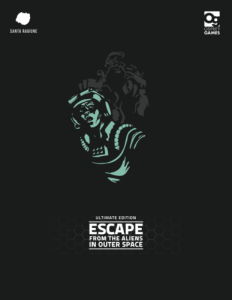
Sam says
I do like deduction games now and then, and think this one has a nice challenge for the investigators and the scientist - plus of course, the murderer themselves, hoping to fool everyone it's not them. That said, though it looks a lot more crafted, it's rather fiddly to set up and play compared to the similarly deduction-led Spyfall. Not for everyone, but short, tense, and fun.